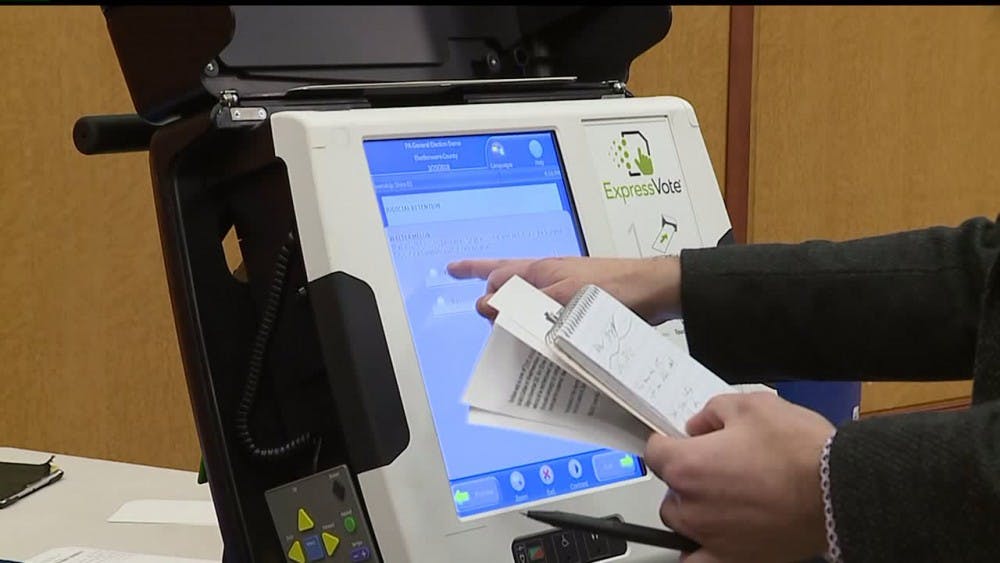By most accounts, the number of candidates competing for a presidential nomination in the Democratic Party is massive. With 19 Democrats still remaining in the field, it is virtually impossible to accommodate enough time to highlight each candidate’s platform.
Naturally, a handful of candidates emerge at the top of the field, including Joe Biden and Elizabeth Warren, while others fall outside the spotlight. Chances are, however, potential voters hold interest (or lack thereof) in multiple candidates, even if their national polling lacks the momentum to garner a nomination. Yet, the current voting system does not allow for people to express their interest in them, often defaulting to the safe choice to avoid “wasting a vote.”
While there is significant debate around the concept of a “wasted vote,” it stems from the reality that people are hesitant to vote for candidates who demonstrate little chance of obtaining a governmental position. Fortunately, there is a solution that addresses this issue while fostering a greater diversity of ideas in the presidential primaries and elections: ranked-choice voting.
Ranked-choice voting is an electoral system where voters rank candidates in order of their preference. Under this system, a candidate wins the election if they manage to receive the majority of first-choice votes. If they fail to do so, the candidate with the lowest number of first-choice votes is eliminated, with the second choices of those voters counted instead. This process repeats until a candidate manages to reach the threshold required for a majority.
While there are aspects of the current format of ranked-choice voting that could be refined to better reflect the consensus of the American people, it nevertheless prompts voters to discover candidates with various ideas and policies with less hesitation. The current sentiment among voters in the primaries is that Joe Biden is the most “electable” candidate in the field, and the current ballot system exacerbates this. Ranked-choice voting holds the potential for candidates to express strong interest in candidates with identical platforms (i.e., Elizabeth Warren and Bernie Sanders), or pave the way for uncongenial candidates such as Tom Steyer and Andrew Yang.
States are slowly adopting ranked-choice voting as an option. Six states have expressed intent to use ranked-choice voting in the 2020 Democratic primaries, including Iowa, Alaska and Hawaii. Iowa is significant in the grand scheme of the 2020 Democratic primaries, as it will be the first state to have its votes cast for the caucus.
Given the novelty of a ranked-choice voting system, there are multiple concerns about its feasibility in U.S. elections. One of the most prominent stems from the notion that it undermines the voices of voters who select unpopular candidates as their first-choice, and that it would be expensive to implement in a timely fashion. While the latter concern raises questions about the accuracy of the current electoral system, the former represents a legitimate concern about ranked-choice voting. There are changes that could be made to ensure all opinions are represented. Perhaps a point system could reward three candidates with points based on a voter’s ranking of them.
Electing a candidate who best represents the preference of the American people is a standard the country should strive towards. Ranked-choice voting best fulfills this ambitious goal, and it is a step in the right direction for a stronger voting system in the United States.

